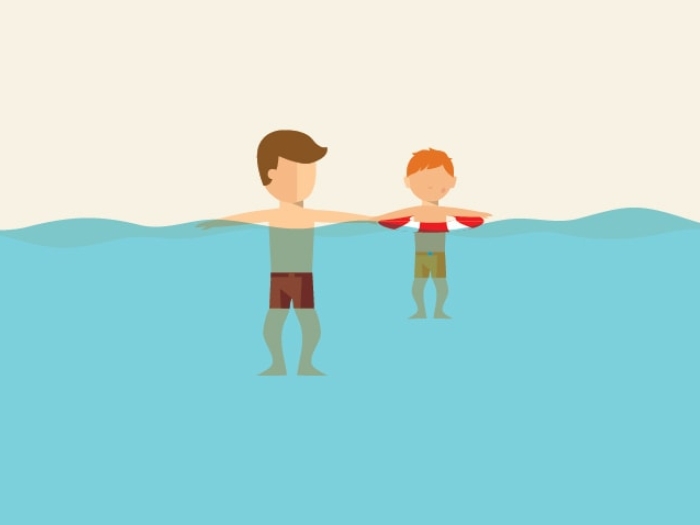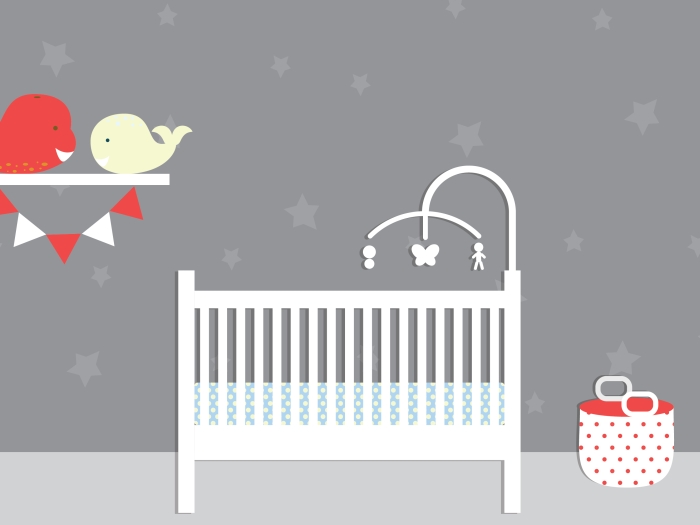Save hocus pocus for the small screen, and plan a safe and happy Halloween for the whole family with these guidelines.
5:30 PM
Author |

The costumes, the creatures … the candy! Halloween is a landmark holiday for many families.
But keeping your kids' memories of the event special and spooktacular — and void of trips to the emergency room — requires some advanced strategizing and street smarts.
Before you trick or treat, check out these pediatrician-approved tips.
Street safety
-
Stay on the sidewalks. Children are more than twice as likely to be hit by a car and killed on Halloween than on any other day of the year. Keep kids out of the street and encourage them not to run.
-
Cross safely. "Pedestrian safety is even more important on busy nights like Halloween," reminds Marie Snodgrass, University of Michigan C.S. Mott Children's Hospital's injury prevention program lead. She suggests encouraging kids to make eye contact with drivers before crossing the street, only crossing the street at corners and sticking to crosswalks when available. "Never cross the road between parked cars, and look for crosswalks with Rapid Flashing Beacons whenever possible," she says.
-
Put phones down. Distracted walking is dangerous walking. Avoid using electronic devices on the move to minimize your injury risk.
-
Prevent mask mayhem. Choose masks that don't obstruct vision, or opt for face paint instead. "Masks that cover the entire head can make it difficult for your child to use all of his or her senses," notes Lauren Helms, M.D., a pediatrician with Mott. "You want to make sure they are able to use peripheral vision and their ears for hearing, and that nothing is blocking the nose and mouth for easy breathing."
-
Practice fancy footwork. Guard against tripping by using flashlights. Have your child practice walking in his costume, and be sure he has a full range of motion. "It's often safer to have kids wear their regular tennis shoes instead of dress-up shoes," advises Helms.
-
Shine bright. Look for ways to incorporate reflective material into costumes or treat bags. "Adding reflective tape to the front, back or shoes of a costume is a good way to add increased visibility," says Helms. Consider incorporating glow sticks, bracelets or necklaces into their costumes as well.
-
Shop for costumes smartly. Read the label of your child's costume. The safest ones are made with flame resistant or flame retardant materials. Be wary of accessories. Costume glasses should have the lenses removed. Play swords and knives should be flexible and without any sharp edges. Consider whether your child could leave larger accessories at home so he or she has a free hand.
MORE FROM MICHIGAN: Subscribe to our weekly newsletter
Treats, not tricks
-
Stay together. Kids under 12 shouldn't be trick-or-treating without adult supervision. Older kids should stick to familiar neighborhoods prearranged with parents, and establish a schedule so you know where they are. Set a time for teens to return home.
-
Pick porches carefully. Remind kids they should stay on the porch and never enter anyone's home during trick-or-treating. Stick to well-lit porches with clear sidewalks. Also remind children they should only eat fully wrapped candy that they're familiar with.
-
Be a courteous host. The best houses keep nut-free and gluten-free treats on hand for kids who need them. It's also extra courteous to keep non-food items on hand, such as fun pens, markers or glow sticks for kids who can't have candy.
-
Create a sweet strategy. Start out with a good meal before trick-or-treating. When it comes to candy control, different techniques work for different families. Some families try a "switch-witch" approach where kids get to trade in remaining candy for a toy or other item the next day. Others allow two to three pieces of candy a day for one week. Consider what's right for your family — but a good rule of thumb is to make sure kids know this is a special treat and that sugar shouldn't be considered a part of their normal diet. Set an end point for when the candy goes away, and stick with it.
LISTEN UP: Add the new Michigan Medicine News Break to your Alexa-enabled device, or subscribe to our daily updates on iTunes, Google Play and Stitcher.

Explore a variety of healthcare news & stories by visiting the Health Lab home page for more articles.

Department of Communication at Michigan Medicine
Want top health & research news weekly? Sign up for Health Lab’s newsletters today!





